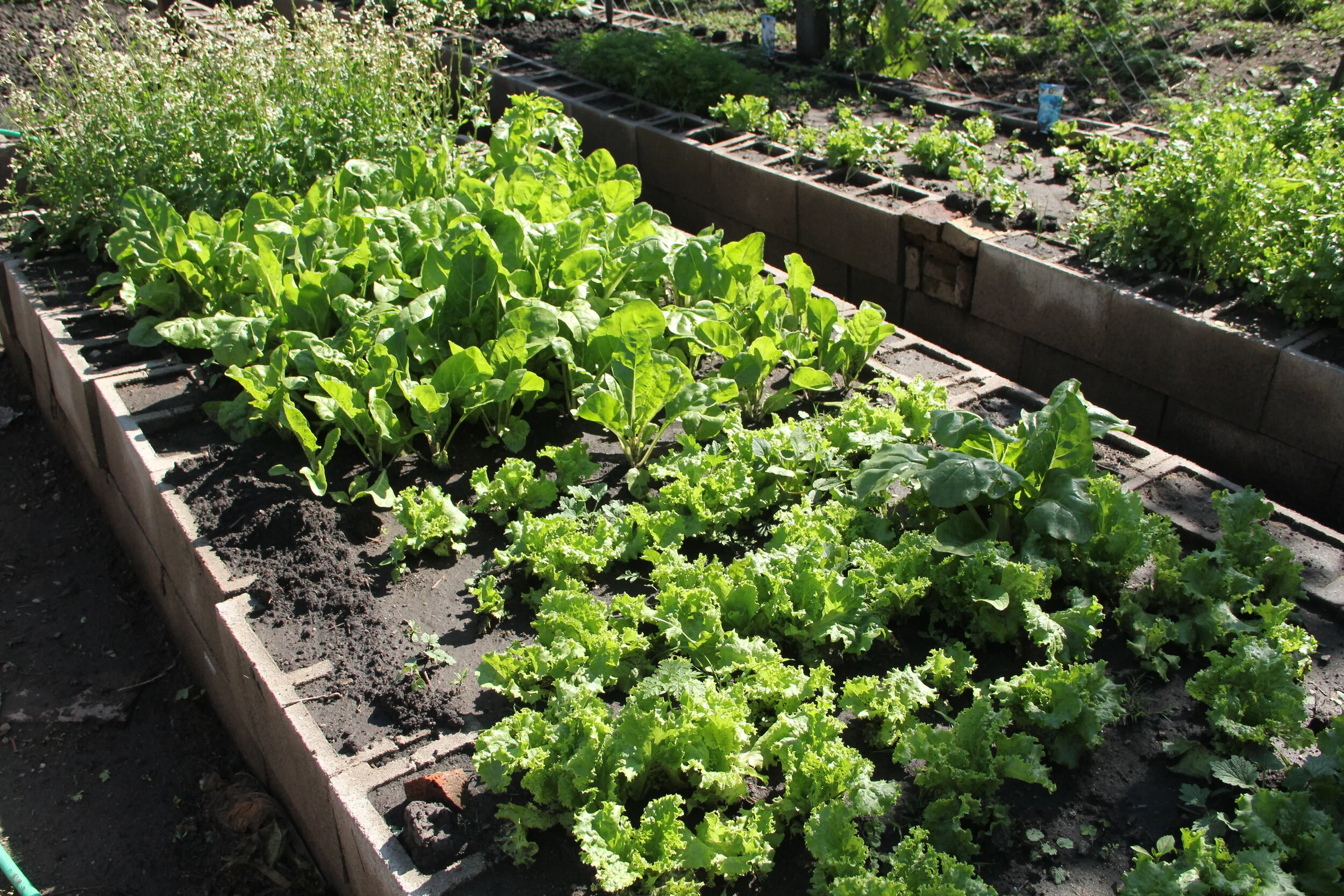‘Mate’ is integral to the gaucho culture and learning how to drink it is an art. Pronounced mat-aay, mate is the name of the pot or gourd from which you drink it. The tea or herb is simply called ‘Yerba’. The drinking of mate is offered by the server, the ‘cebador’. The leaves are covered with hot water, not boiling, and the liquid is sipped through a ‘bombilla’, the metal straw. It is often passed around between friends and family, mate is a shared experience. One mate gourd is passed around the room for all share, whether you are family, friends or strangers. The yerba mate grows wild in the subtropical jungles of Argentina, Paraguay, Uruguay, Brazil and Bolivia. It is renowned for its energetic properties and is an old Guarani tradition from the native Indians in South America.
Mate is one of the drinks which falls into the category of needing an acquired taste. It is not uncommon to see Argentines walking down the street with a thermos of hot water under their arm and a mate gourd in their hand, as they drink, talk and walk. During the long process of Argentina’s independence in the 19th century, the tradition of mate gained strength across the country and the gauchos adopted mate as a part of their culture. Mate is particularly popular with Argentines especially in the morning as it contains a high amount of caffeine. Alongside a high caffeine content, it is also full of anti-oxidants and vitamins containing seven of nine essential amino acids.













